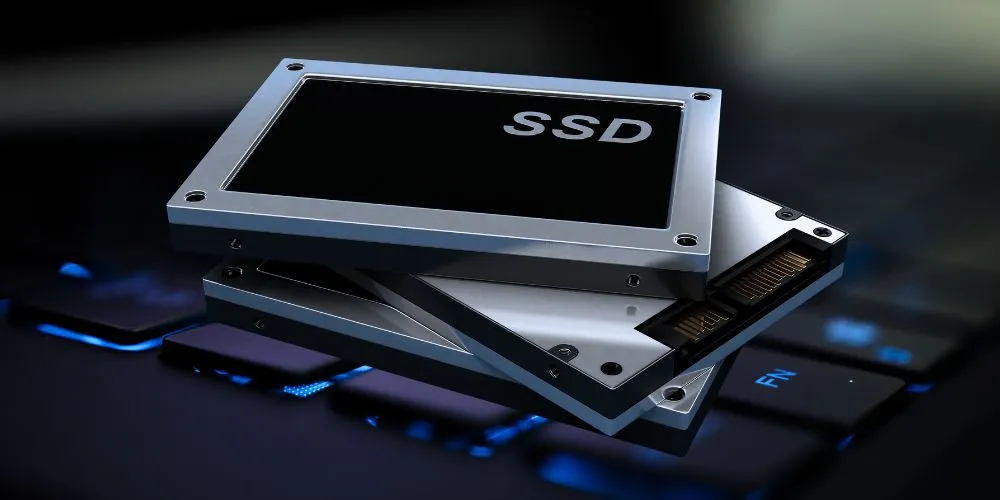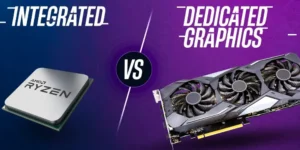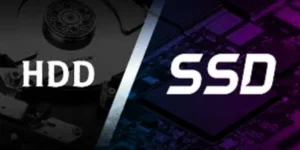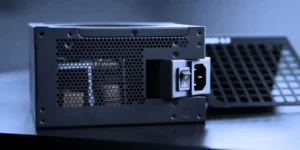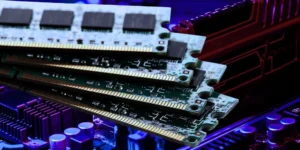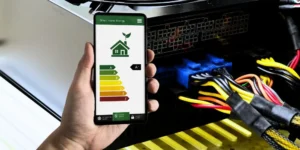Solid-state drives (SSDs) have transformed the data storage landscape, offering faster speeds, greater durability, and enhanced efficiency compared to traditional hard disk drives (HDDs). As the backbone of modern computing systems, SSDs are critical in everything from personal devices to enterprise-level data centers. This article explores the fundamentals of SSD technology, its advantages, applications, challenges, and future trends.
Understanding Solid-State Drives
SSDs represent a paradigm shift in data storage, replacing mechanical components with electronic architecture to deliver superior performance.
What Are Solid-State Drives?
Solid-state drives are data storage devices that use NAND flash memory or DRAM chips to store and retrieve digital information. Unlike HDDs, SSDs lack moving parts, making them quieter and more reliable. The reliance on semiconductor technology allows SSDs to offer faster data access times and greater resistance to physical shocks.
How SSDs Differ from HDDs
SSDs differ significantly from HDDs in structure and functionality. HDDs store data on spinning magnetic platters, with a mechanical arm that reads or writes information. In contrast, SSDs use integrated circuits to store data, resulting in faster read/write speeds and lower power consumption. The absence of moving parts makes SSDs more durable and less prone to mechanical failures.
Key Components of SSDs
Solid-State Drives are composed of several critical components:
- Controller: The brain of the SSD, managing data storage, retrieval, and error correction.
- NAND Flash Memory: The primary storage medium that retains data without power.
- Interface: Connects the SSD to the computer with common types, including SATA and NVMe.
These components work together to deliver the high-speed performance that defines SSDs.
Advantages of SSDs
Adopting Solid-State Drives brings numerous advantages, making them a preferred choice for various applications.
Superior Performance
One of SSDs’ most significant advantages is their superior performance. Compared to HDDs, SSDs offer dramatically faster boot times, application loading, and file transfers. NVMe-based SSDs leverage PCIe interfaces to achieve unparalleled speeds, making them ideal for gaming, video editing, and other resource-intensive tasks.
Durability and Reliability
Due to their lack of moving parts, Solid-State Drives are more durable and reliable than HDDs. They resist physical shocks, vibrations, and temperature extremes, making them suitable for mobile devices and rugged environments. Additionally, SSDs have lower failure rates, ensuring consistent performance over their lifespan.
Energy Efficiency
SSDs consume significantly less power than HDDs, making them an energy-efficient option for laptops and servers. Lower power consumption translates to longer battery life in portable devices and reduced operating costs in data centers, contributing to their widespread adoption in personal and enterprise contexts.
Applications of SSDs
Solid-State Drives are utilized across various industries and devices, revolutionizing data storage in various domains.
Personal Computing
SSDs are commonly used in laptops, desktops, and gaming consoles in personal computing. Their fast read/write speeds improve system responsiveness, enhance multitasking capabilities, and provide a better user experience. The lightweight and compact design of SSDs also contributes to the development of ultra-thin laptops and portable devices.
Enterprise and Data Centers
Solid-State Drives are indispensable for data centers in enterprise settings, where speed and reliability are paramount. They accelerate database operations, improve virtual machine performance, and enable faster cloud computing services. SSDs’ energy efficiency also helps reduce operational costs, making them a preferred business choice.
Specialized Applications
SSDs are widely used in specialized applications, including medical imaging, industrial automation, and scientific research. Quickly processing and storing large volumes of data is critical in these fields. SSDs’ durability makes them suitable for harsh environments, such as military and aerospace applications.
Challenges of SSD Adoption
Despite their advantages, SSDs face several challenges affecting their adoption and usage.
Cost Considerations
One of the primary challenges of SSD adoption is their cost. While prices have decreased over the years, SSDs are still more expensive per gigabyte than HDDs. This cost difference can be significant for consumers and businesses that require large storage capacities.
Limited Write Lifespan
Solid-State Drives have a limited write lifespan due to the nature of NAND flash memory, which can only endure a finite number of write cycles. While wear-leveling technologies mitigate this issue, applications involving frequent write operations, such as logging and caching, remain a concern.
Data Recovery Challenges
Recovering data from a failed SSD is more complex than from an HDD. SSDs’ intricate architecture, coupled with their use of TRIM commands to manage data, makes traditional recovery techniques less effective. This can pose risks in scenarios where data integrity is critical.
Future Trends in SSD Technology
The evolution of SSD technology promises to deliver even greater advancements in performance, capacity, and affordability.
Increasing Capacities
As NAND flash memory technology advances, SSD capacities continue to grow. Multi-level cell (MLC), triple-level cell (TLC), and quad-level cell (QLC) architectures enable higher storage densities, making SSDs a viable option for large-scale storage needs. The introduction of 3D NAND further enhances capacity while reducing costs.
Advancements in Interfaces
New interfaces such as PCIe Gen 4 and Gen 5, along with NVMe enhancements, are pushing the boundaries of SSD performance. These advancements enable faster data transfer rates and lower latency, making SSDs more suitable for high-performance applications.
Emergence of New Technologies
Emerging technologies like Optane Memory and Storage-Class Memory (SCM) are set to complement traditional SSDs. These technologies bridge the gap between volatile and non-volatile storage, offering faster speeds and improved durability. Additionally, AI-driven storage management solutions are expected to optimize SSD performance and longevity.
Conclusion
Solid-state drives have revolutionized data storage by delivering unparalleled speed, reliability, and efficiency. Their widespread adoption across personal, enterprise, and specialized applications underscores their transformative impact on technology. At the same time, challenges such as cost and limited lifespan remain, and ongoing advancements in SSD technology promise to address these issues and unlock new possibilities. As SSDs evolve, they are poised to play a pivotal role in shaping the future of data storage and computing.

